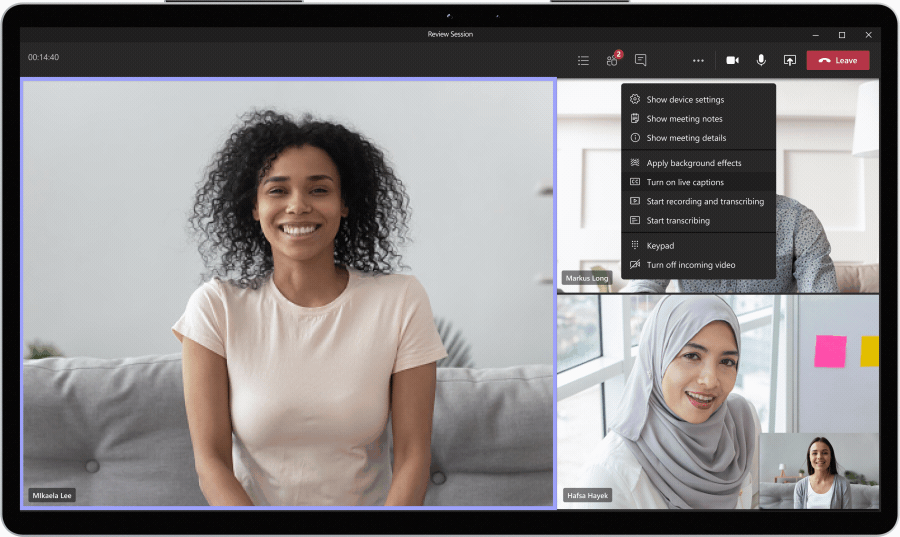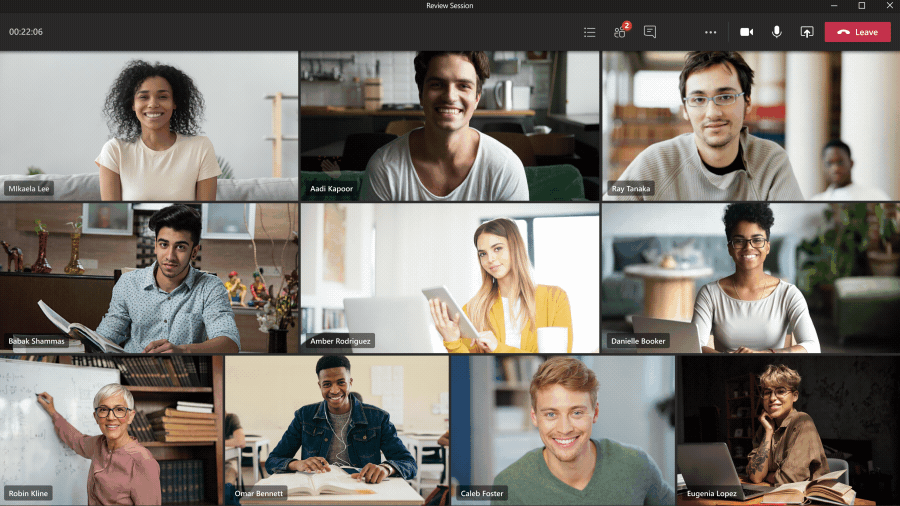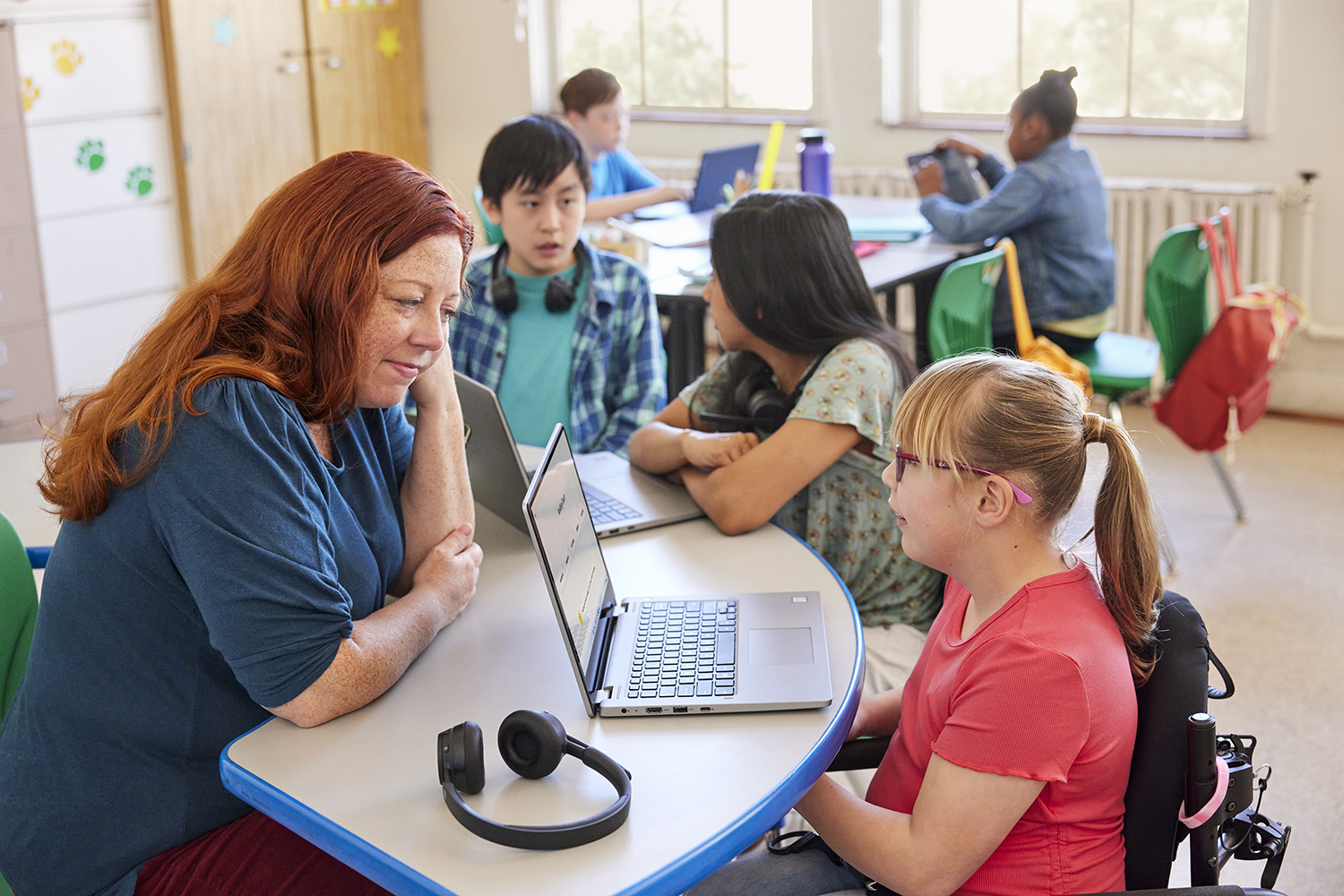Over the past few months, students, faculty, and educators have worked hard to support the move to remote learning. Their challenges and insights from this spring will help inform how they conduct the next school year, whether it is fully remote or one of the many possible combinations of in-person and online instruction. Since individual schools and systems may use different hybrid models, it’s important that we equip teachers with the best possible tools for all options.
With Microsoft Teams as a central hub for teaching and learning, we are excited to unveil a set of new features designed to make remote learning more engaging, inclusive, and ultimately, more human. We’ve shared a detailed post that lists and describes all the new features, but I wanted to highlight a few that I think will be most helpful for educators, students, and families.
While the ability for teachers and students to see each other and interact is a critical part of remote learning, today’s announcements move beyond simply seeing everyone. They introduce new views designed to optimize interactions and make conversations more natural.

Together Mode places all participants in a shared background such as a college lecture hall, and creates a more attentive and connected online class experience. Its unique look and feel encourages engagement and makes it easier to focus on body language and nonverbal cues. It also reduces distractions in the environment and helps return focus to the individuals who are speaking, which is particularly important in the classroom setting. Dynamic View uses AI to optimize the virtual classroom space and prioritizes shared content and video to make managing the view more fluid, flexible, and intelligent. There are also controls to let students personalize the view to suit their own preferences or needs. Microsoft Whiteboard, which increases opportunities for collaboration during classes, is being updated for Education as well. Features include sticky notes, pen and ink, and drag-and-drop capability.
Another new feature that will enhance the remote learning experience is Chat Bubbles. Chatting during a class can be a lively way to engage students and encourage idea sharing, but it can also cause distraction. With Chat Bubbles, there’s no need to open a separate chat window; messages will float up from the bottom of the screen for all participants and make the chat more central to the conversation.
Speaking of engagement, with Live Reactions, anyone in a Teams class can select an emoji and share it with the group. This is a great way to get instant feedback from students, and helps instructors gauge emotional well-being, track comprehension, and encourage participation. Reflect Messaging gives educators another way to help connect with their students socially and emotionally, by creating check-in questions and polls. This can be especially valuable in remote or hybrid learning environments, where social cues are harder to detect.

Teams already supports learners of all abilities with live captions and transcripts, and now we’re adding Speaker Attribution, which will add speakers’ names to captions. When a class is over, students can download and save a full transcript of the sessions, with clear indication of who said what. And to accommodate classes that fill the largest lecture halls on campus, we’ve increased the maximum number of attendees in a class. Teams will support 1,000 participants in a single meeting with full ability to interact with audio, video, and chat.
While we don’t know exactly what the coming school year will bring, it’s clear that teachers and students will continue to use technology to enable remote and hybrid learning approaches. Our goal is that these new Teams features will foster stronger human interaction, collaboration, and student engagement.
These are only some of our new features, so visit the Teams Product News blog for all the details and availability.










